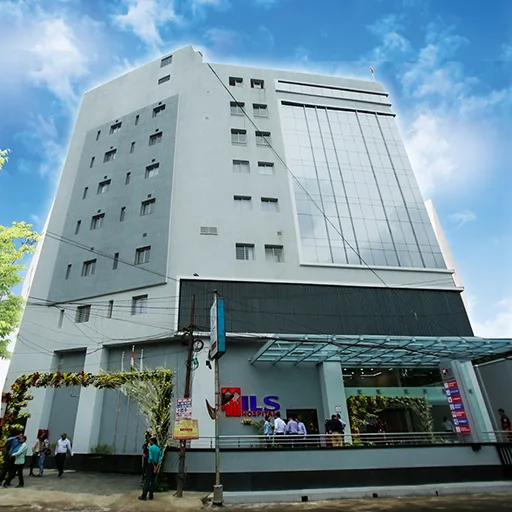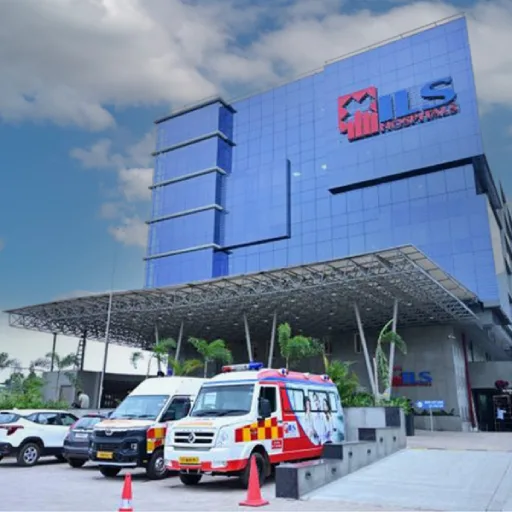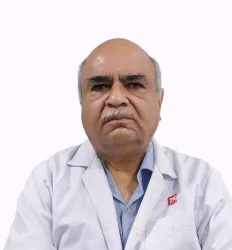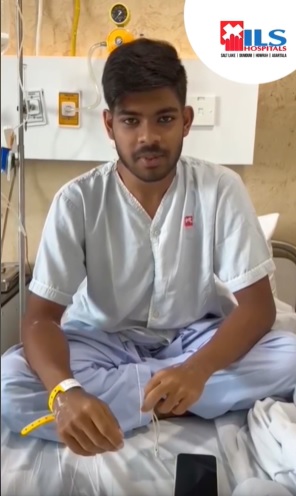Head Trauma Surgery
Head trauma is a significant medical emergency that falls, accidents, attacks, or sports injuries can cause. When the injury is serious, surgery may be required to preserve a life, prevent future brain damage, or alleviate symptoms produced by cerebral pressure.
Not all head injuries require surgery. In many cases, rest, monitoring, and medicine are sufficient. However, neurosurgeons may propose surgery in the following cases:
- To remove blood clots (hematomas) that are pressing on the brain
- To repair skull fractures or remove bone fragments
- To drain excess cerebrospinal fluid or relieve brain swelling
- To remove damaged brain tissue
- To treat penetrating injuries
The urgency and type of surgery depend on the severity and location of the trauma, as well as the patient’s overall condition.
Preparation
When a patient comes to the hospital with a major head injury, the medical team will prioritize stabilizing vital signs like breathing, heart rate, and blood pressure. Diagnostic techniques, including as CT scans and MRIs, are often used to determine the degree of the injury. In emergency cases, surgery may need to happen immediately—sometimes within minutes of diagnosis. In other cases, there may be time to consult with a neurosurgeon, plan the procedure, and prepare the patient. Consent is obtained from the patient or, in critical situations, from their next of kin. The surgical team will explain the risks, benefits, and expected outcomes to the family.
Procedures
There are several types of surgical procedures used to treat head trauma:
- Craniotomy: To gain access to the brain, a portion of the skull must be removed. This is the most common surgery for head trauma, and it is performed to remove blood clots (hematomas), repair damaged blood vessels, remove foreign objects, and relieve pressure caused by swelling. Following the surgery, the bone flap is typically rebuilt and fixed with plates and screws.
- Decompressive craniectomy: In severe cases of brain swelling, doctors may perform a decompressive craniectomy. This entails removing a part of the skull and not restoring it right away. This allows the brain freedom to expand without being squashed, lowering the chance of more damage.
- Burr hole surgery: Burr holes are small holes created in the skull to drain blood or fluid. This is frequently used to install intracranial pressure monitors, relieve pressure, and treat subdural hematomas. In certain cases, this less invasive procedure is adequate to treat particular ailments.
- Repair of skull fractures: If a skull fracture has resulted in pieces pressing into the brain or disrupting key blood vessels or brain structures, surgery may be required to reposition or remove bone and heal damaged areas.
Post-Surgical Care and Recovery
Following surgery, the patient is usually monitored in the intensive care unit (ICU). The focus during this time includes:
- Monitoring
- Controlling intracranial pressure.
- Preventing infection.
- Managing pain and swelling
- Supporting breathing and circulation.
Rehabilitation can begin soon after surgery and include physical, occupational, speech, and cognitive therapies. The degree of damage and the patient’s reaction to treatment determine how much healing occurs.
Conclusion
A complicated and frequently urgent treatment, head trauma surgery is essential for treating serious brain damage. Although it might be intimidating, families can better prepare and assist their loved ones at this difficult time by knowing what to expect and the procedure. Always get medical help right away if someone has a brain injury since it can make all the difference.





























